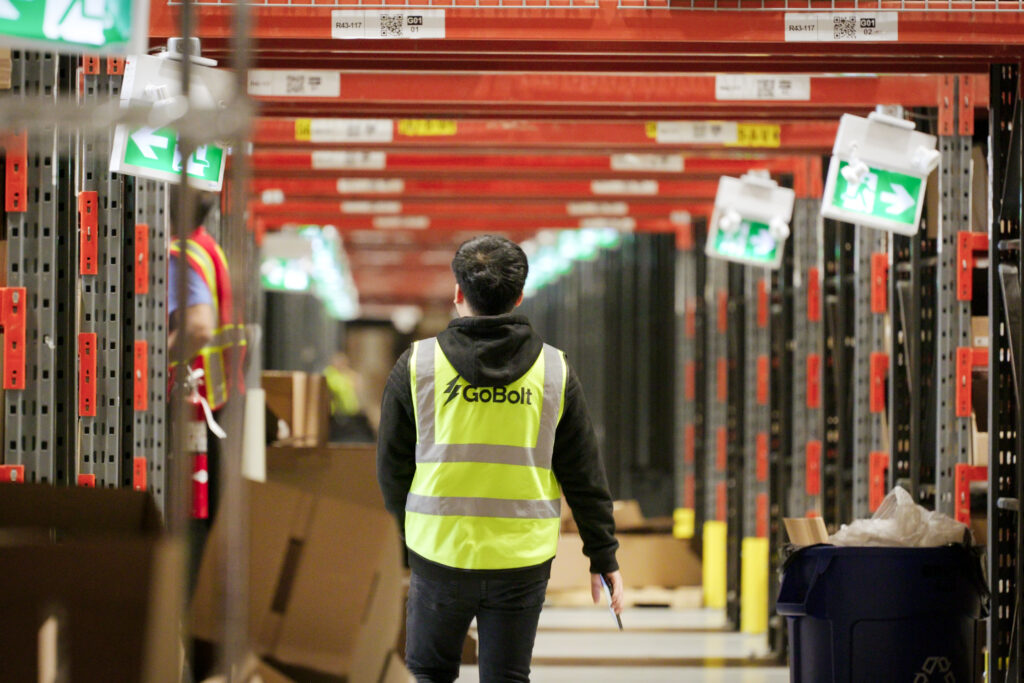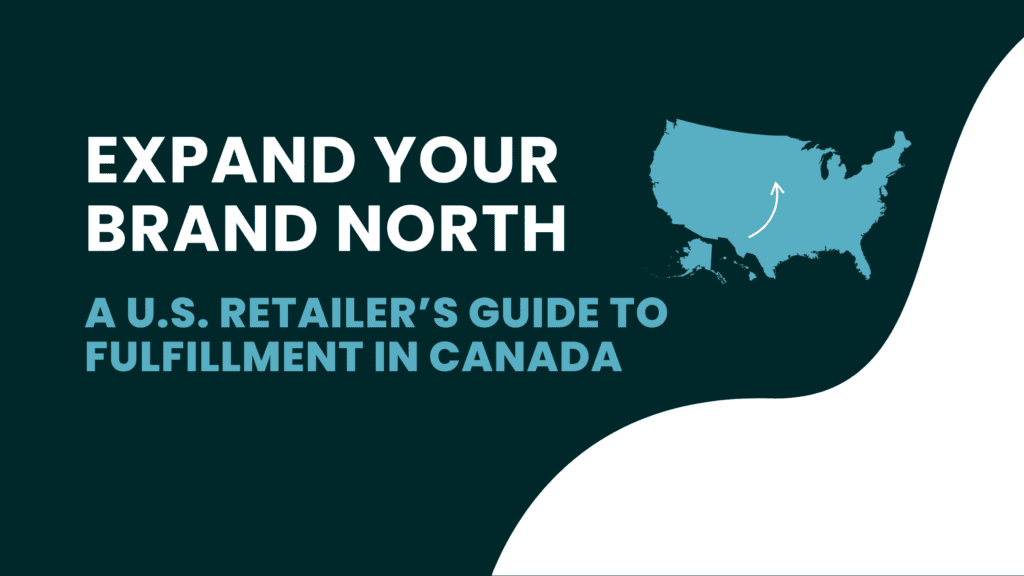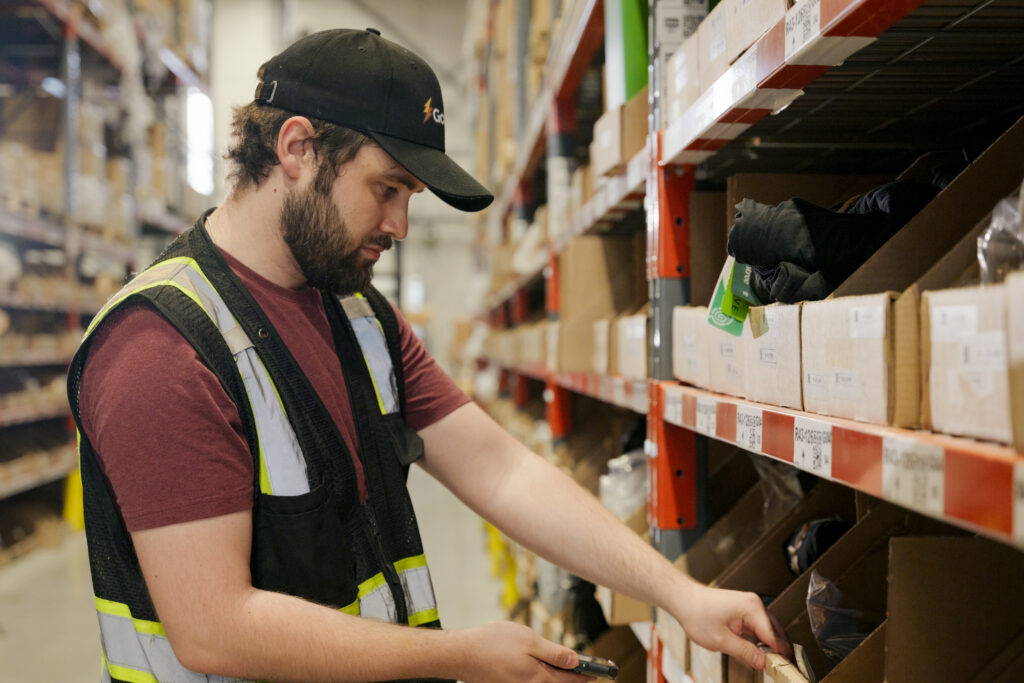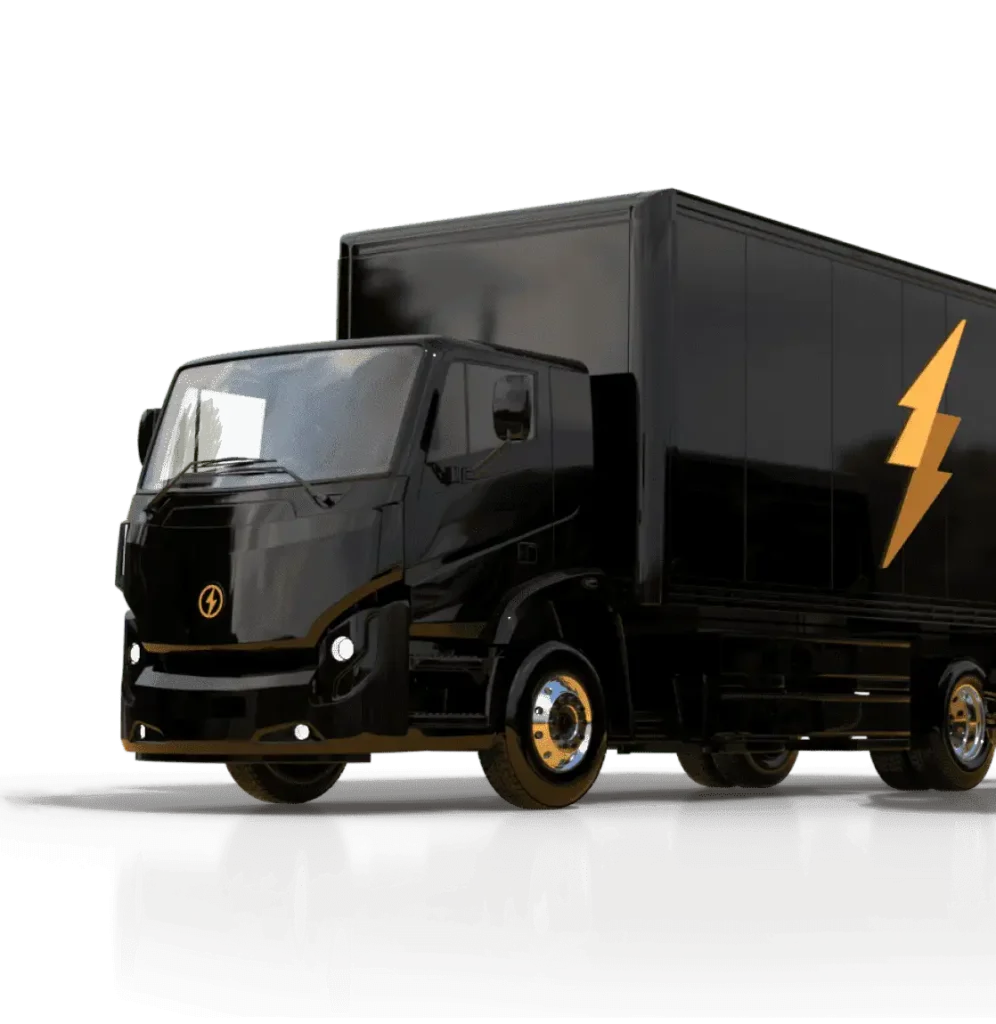As peak season approaches, brands face their busiest and most challenging shopping season. The stakes are high, with major events like Black Friday, Cyber Monday, and the December holidays driving a surge in traffic, sales, and deliveries. This is ecommerce peak season—are you ready?
This year’s holiday sales are expected to rise 3.2%. And nearly 50% of shoppers say that good customer service is crucial during Black Friday. If your current third-party logistics (3PL) provider hasn’t already laid out a plan for peak season, it might be time to reconsider your options. At GoBolt, we specialize in navigating peak season challenges and turning them into opportunities for growth. With our innovative technology, multi-site fulfillment, and diversified carrier solutions, we ensure brands thrive when it matters most.
Let’s dive into how you can make this peak season your most successful yet.
Why is Peak Season so Critical?
Retail and ecommerce experience fluctuations throughout the year, but the end-of-year peak season rush is truly unparalleled. With major holidays like Halloween, Diwali, Black Friday, Cyber Monday, Christmas, and Hanukkah clustered together, traffic, sales, shipping, and returns skyrocket.
For instance, during peak season 2023, shoppers spent $222.1 billion, a significant jump from the previous year. This surge is reflective of the broader trend, where the fourth quarter typically sees a significant increase in online sales— and this percentage is expected to remain high in 2024.
Peak season should never be underestimated. The 2023 peak season saw a significant surge in sales, as highlighted by eMarketer reports:
- In the US, mobile commerce (mcommerce) peak season sales grew 14.5% to reach $125.60 billion in 2023
- Thanksgiving, Black Friday, Small Business Saturday, Cyber Sunday, and Cyber Monday (also known as The Cyber Five), made up 16.2% of total US holiday retail ecommerce sales in 2023.
- Bringing in a total of $13.23 billion, Cyber Monday was the biggest online shopping day of 2023 in the US.
So, what does this mean for your brand? Now is the time to prepare for the ecommerce peak season, and GoBolt is here to ensure you’re not just prepared but poised to excel.
Here are the key dates for the 2024 retail and ecommerce peak season:
- Halloween: Thursday, October 31, 2024
- Diwali: Thursday, November 2, 2024
- Black Friday: Friday, November 29, 2024
- Cyber Monday: Monday, December 2, 2024
- Christmas: Wednesday, December 25, 2024
- Hanukkah: Begins at sunset on Wednesday, December 25, 2024, and ends at sunset on Thursday, January 2, 2025

14 tips to maximize ecommerce peak season
Partnering with a 3rd party logistics (3PL) company that knows how to navigate peak season will make all the difference. Here are 14 ways to make that partnership successful:
1. Early planning and forecasting
Has your 3PL discussed peak season forecasting yet? If not, it might be time to reconsider your partnership. GoBolt’s emphasis on demand forecasting, including advance planning and inventory management, can help you better predict order volumes, ensuring you’re always prepared. Don’t wait until it’s too late — start planning now to avoid costly surprises.
Ready to work with a 3PL that takes your success seriously? Contact us today to start the conversation.
2. Clear communication
Clear, consistent communication with your 3PL is essential during peak season. At GoBolt, we maintain open lines of communication with regular updates and touch-base meetings with the Account Management team. This ensures we’re always in sync and fully prepared to meet your needs.
3. Inventory management
Collaborating on inventory management strategies is key to avoiding stockouts and delays. GoBolt offers a reliable warehouse management system that provides real-time visibility into your supply chain. With improved data tracking and real-time updates, we streamline processes and increase efficiency, keeping your inventory levels optimized.
4.Scalable solutions
Peak season demands flexibility. GoBolt scales operations to accommodate increased order volumes without compromising on service quality. From expanding our fleet to diversifying our carrier network and hiring additional associates, we ensure your brand is ready for the holiday rush.
5. Innovative technology & 3PL software
Leverage your 3PLs software and technology to enhance your fulfillment and delivery. With GoBolt’s robust tech solutions, brands unlock efficiency and control. Our suite of proprietary systems are built to give you and your shoppers an enhanced experience.
GoBolt’s innovative technology includes:
|
Merchant Portal |
Our merchant portal gives brands real-time control of inventory, orders, and shipments along with reduced support costs and increased first-touch resolution. |
|
Routing Algorithm |
Our tech optimizes last mile delivery routes to minimize carbon emissions, reduce costs, and increase on-time delivery. |
|
Real-time Tracking |
Our delivery tracking enables your shoppers to see exactly when their delivery will arrive by tracking the delivery vehicle on a map. |
|
Tracking Notifications |
Unshackle your shoppers from big delivery windows. Our system will send notifications when: the order is confirmed, when we’ve left the warehouse, when we are one stop away, and when we are on our way to the shopper. |
6. Ecommerce & technology integrations
For streamlined operations, integrate your ecommerce platform with your 3PL partner. To simplify logistics, GoBolt integrates with a wide range of platforms to ensure a cohesive and efficient workflow. Some of our technology integrations include leading ecommerce platforms:
- Shopify
- Netsuite
- WooCommerce
- ShipStation
- Extensiv
- Loop
- Order Desk
- Narvar
- AfterShip
These integrations allow for seamless data flow, reducing manual work and ensuring that your brand remains agile and responsive during peak seasons.
7. Seamless implementations before peak season
Worried about switching 3PLs before the busiest time of the year? Don’t be. GoBolt makes the transition seamless, ensuring you’re fully integrated and ready to go before peak season hits. Our team handles the heavy lifting, from system integrations to staff training, so you can focus on what matters. Get an inside look at how our tiered onboarding and custom solutions team lay the groundwork for success, right from the start.
Don’t let peak season catch you unprepared. Get started with GoBolt today and experience a smooth transition to a better 3PL partner.
8. Simplify your returns process
Returns have become a major issue for brands: As the National Retail Federation reports, for every $1 billion in sales, the average retailer incurs $145 million in merchandise returns. Ecommerce returns see a higher return rate of 17.6% compared to brick-and-mortar returns of 10.02%.
With this in mind, it’s critical to develop a simplified process for handling returns before, during, and after peak season. Efficient returns processing can enhance shopper satisfaction and ensure returned items re-enter inventory promptly. Partnering with a 3PL to manage your seasonal returns is a highly effective way to ensure your shoppers’ returns are managed seamlessly.
With GoBolt’s returns technology and processing services, brands can decrease costs, increase revenue, and get more returns back to stock.
9. Customized packaging
Collaborate on special packaging to create a unique and memorable unboxing experience for shoppers. GoBolt collaborates with brands on custom packaging solutions that enhance brand loyalty and customer satisfaction.
10. Last mile optimization
Is your last mile strategy optimized for peak season? Work with a 3PL partner to optimize your last mile. This can lead to faster and more accurate deliveries, reducing the risk of late or missed shipments. Plus, a good last mile solution improves the shopper experience, and cost-effectiveness.
GoBolt’s approach to using a diversified carrier network through GoBolt Parcel ensures your deliveries are on time, every time, and uses the most cost effective carrier available.
Ready to take your last-mile to the next level? Download our Carrier Diversification Checklist or The Shipping Playbook to learn more.
Here are a few other key ways that 3PLs can help optimize your last mile:
- Optimized fulfillment network: Working with a 3PL that has strategically placed fulfillment centers enables faster deliveries and reduces the distance traveled in the last mile.
- Route optimization: GoBolt leverages advanced routing software to optimize delivery routes, reducing delivery times and fuel costs. And gives a boost to your brand’s sustainability initiatives!
- Delivery appointment booking: Offer shoppers flexible delivery options, including the ability to book a preferred delivery time slot so they aren’t shackled to a large delivery window.
- Delivery tracking: Last mile delivery tracking, like GoBolt’s real-time truck tracking, enhances the convenience of last mile deliveries.
- Sustainability: Look for a 3PL that provides eco-friendly delivery options, such as the use of electric vehicles, to reduce the environmental impact of your last mile.
11. Quality control
Establish quality control checkpoints to ensure accurate order picking, packing, and shipping. At GoBolt, we regularly review and refine these processes based on feedback and data analysis to maintain the highest standards.
12. Order orchestration
GoBolt’s proprietary order orchestration recommends distributing orders based on your inventory levels and the shopper’s location. This fulfillment strategy reduces delivery times and cuts down on postage fees, making your fulfillment process more efficient and cost-effective.
GoBolt’s Dhruva Iyer, Strategic Account Partner explains: “Our network allows us to strategically place a brand’s inventory closest to its end customer, reducing emissions, transit times and shipping costs.”
Take the guesswork out of fulfillment. Reach out to GoBolt and learn how our order orchestration can streamline your operations.
13. Contingency planning
Prepare for the unexpected with a solid contingency plan. GoBolt helps brands develop strategies to mitigate the impact of potential disruptions, like weather, supply chain issues, or labor shortages, ensuring your operations continue smoothly.
14. Consider the specific needs of cross-border shoppers
When working out your shipping strategy, addressing cross-border shopping is essential. Cross-border ecommerce shopping was valued at $785 billion in 2021 and is expected to reach $7.9 trillion by 2030.
Shipping and fulfillment across the border can present inconveniences for ecommerce shoppers on both sides. Shipping premiums due to longer distances and customs fees can be major deterrents for cross-border shoppers.
To address this, GoBolt offers solutions that keep duties and fees low and shipping times fast. Many of GoBolt’s brands utilize our Section 321 services to gain access to more cost-effective shipping. This helps brands stay competitive when it comes to the cost, and complications, of cross-border shipping.
Take your brand to the next level this ecommerce peak season
Peak season success isn’t just about surviving the rush; it’s about thriving in it. With GoBolt, you get a 3PL partner that’s as committed to your success as you are. From advanced forecasting to seamless implementations, GoBolt has the solutions to ensure your brand not only meets but exceeds peak season demands.
Don’t wait — contact us today and let’s take your brand to the next level this peak season.






